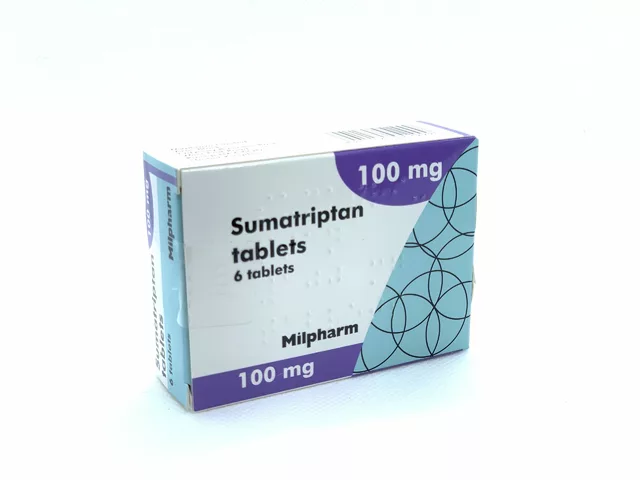Azithromycin – Comprehensive Overview
When working with Azithromycin, a broad‑spectrum macrolide antibiotic often prescribed for respiratory, skin and sexually transmitted infections. Also known as Z‑Pak, it belongs to a larger family of drugs that share a similar mechanism of action.
The Azithromycin market is dominated by its convenience: a short‑course regimen that still delivers high tissue concentrations. Macrolide antibiotics, a class that blocks bacterial protein synthesis by binding to the 50S ribosomal subunit include erythromycin, clarithromycin and azithromycin itself. Because they act on a fundamental bacterial process, these drugs are effective against many bacterial infections, illnesses caused by harmful bacteria such as Streptococcus, Haemophilus and Chlamydia. The result is a versatile tool that clinicians reach for when quick, reliable coverage is needed.
Key Topics Covered
First, we look at the main conditions azithromycin treats. Respiratory tract infections—like community‑acquired pneumonia, acute bronchitis and sinusitis—are classic indications because the drug concentrates well in lung tissue. Next, skin infections such as impetigo or cellulitis benefit from its anti‑inflammatory properties, which can reduce redness and swelling faster than some alternatives. Sexually transmitted infections, especially chlamydia, are another major use case; a single 1 g dose often clears the infection without the need for prolonged therapy.
Understanding dosage is essential. For most adults, a typical regimen starts with 500 mg on day 1, followed by 250 mg once daily for four more days. Pediatric dosing is weight‑based, usually 10 mg/kg on day 1 then 5 mg/kg daily. The short course improves adherence, but it also means patients must finish the full prescription even if symptoms improve early; stopping too soon can lead to resistance.
Side effects are generally mild. Common complaints include nausea, diarrhea and a transient metallic taste. Rarely, patients experience heart rhythm changes—particularly QT prolongation—so doctors screen for existing cardiac conditions or interacting meds. Because azithromycin is metabolized mainly in the liver, dose adjustments are rarely needed for kidney problems, which differentiates it from many other antibiotics.
How does azithromycin stack up against competitors? Compared to doxycycline, it requires fewer pills and has a lower risk of photosensitivity. Against fluoroquinolones, it avoids tendon‑rupture warnings and has a better safety profile for older adults. When pitted against older macrolides like erythromycin, azithromycin offers fewer gastrointestinal complaints and a longer half‑life, allowing once‑daily dosing.
Finally, practical tips can make therapy smoother. Take the medication with food if stomach upset occurs, but know that food does not significantly affect absorption. Keep a copy of the prescription handy; some pharmacies require a physician’s signature for the 1 g dose. If you’re on other heart‑affecting drugs—like certain anti‑arrhythmics or antipsychotics—ask your clinician about possible interactions before starting.
Below you’ll find a curated list of articles that dive deeper into each of these areas—dosage tables, side‑effect management, comparison charts and real‑world buying guides—all tailored to help you make the most of azithromycin therapy.
 28 September 2025
28 September 2025
Azeetop (Azithromycin) vs Common Antibiotic Alternatives - Full Comparison
A practical side‑by‑side comparison of Azeetop (azithromycin) and its main antibiotic alternatives, covering uses, dosing, side effects, cost and best‑fit scenarios.
Latest Posts
-

How to Search FDA’s Drugs@FDA Database for Official Drug Information
-

Migraine Medications: Triptans, Gepants, and Ditans Safety Compared
-

How Severe Stomach Pain Can Signal Liver Disease
-

How to Store Sumatriptan: Tips for Keeping Your Medication Safe and Effective
-

Neuropathic Pain: Gabapentin vs Pregabalin - What Works Best?

14